A new device can detect Salmonella on individual products in real-time and with minimal need for laboratory equipment or specialized operators.


A new device can detect Salmonella on individual products in real-time and with minimal need for laboratory equipment or specialized operators.
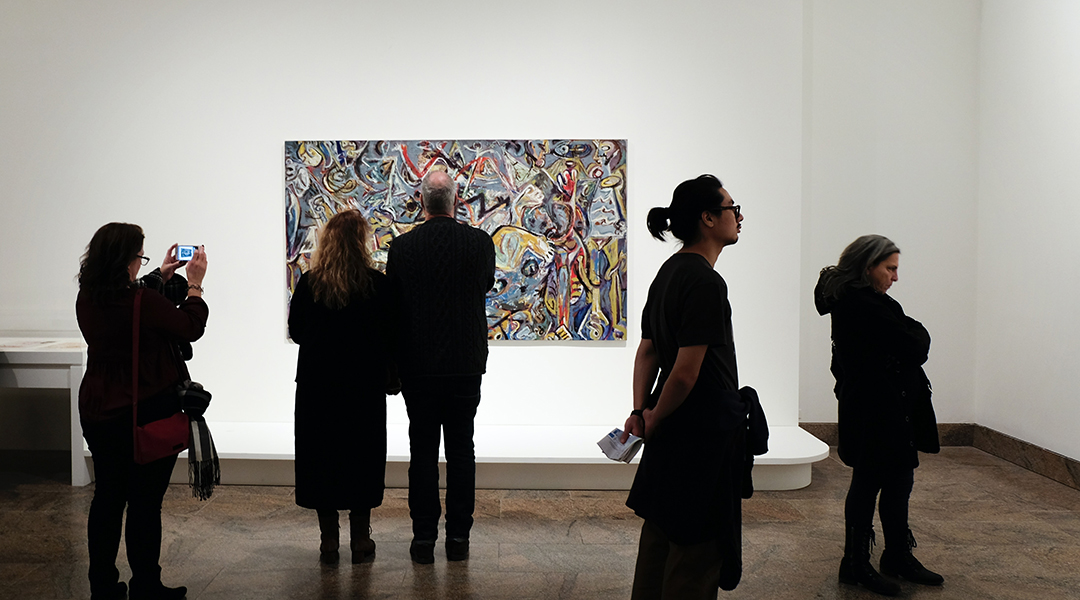
Is AI that predicts which paintings are memorable and famous, regardless of content, style, or context, a threat to creativity or tool for positive change?

From holographic sound waves to nanobelt haystacks, this gallery gives a renewed appreciation for scientific exploration.
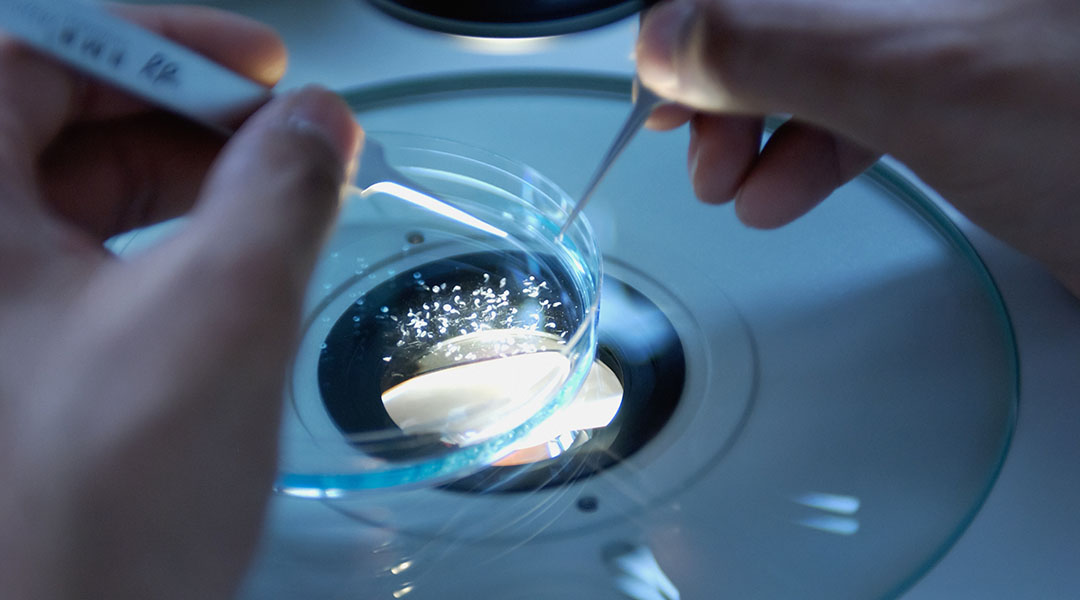
Bacteria residing inside tumors provide a surprisingly powerful immunotherapy platform to combat different cancers.

The interplay between the hormones oxytocin and cortisol in regulating emotion and behavior depends on context and familiarity, new study finds.
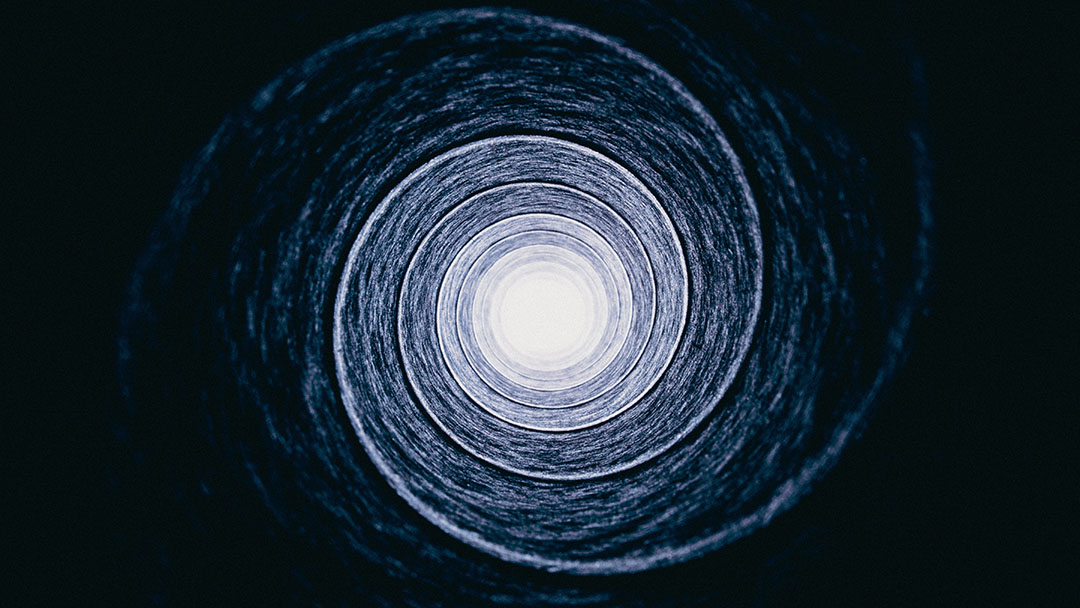
A pathway in the brain that forms its natural stress response could be used to make new treatments for anxiety.
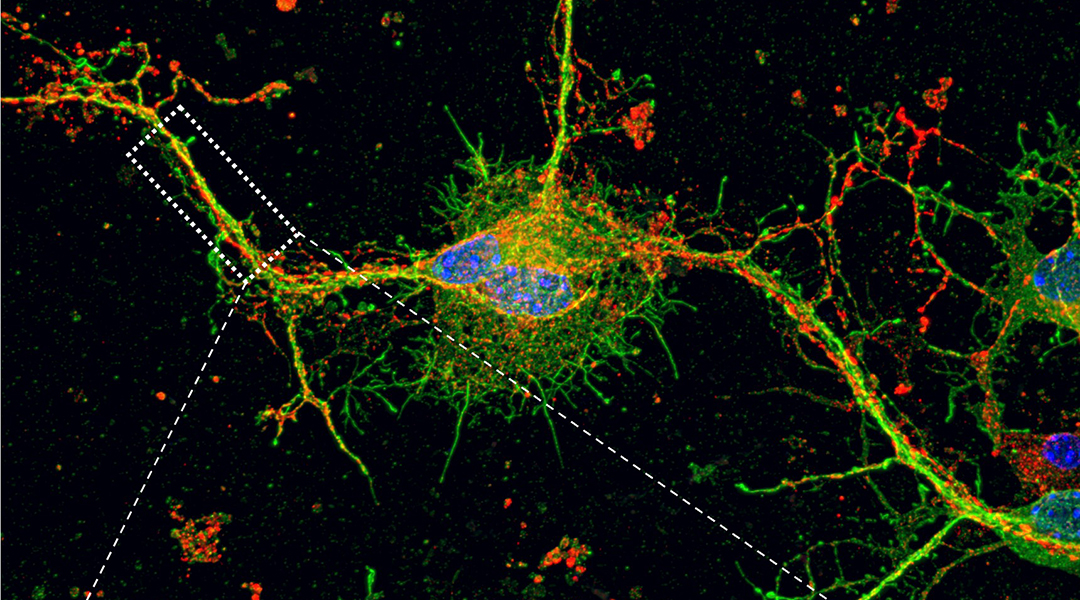
High levels of nitric oxide, a signaling chemical in the brain, appear to contribute to the behavioral deficits observed in autism.

Mimicking a part of the inner ear, a specialized hearing device converts vibrations into nerve signals without needing a battery.
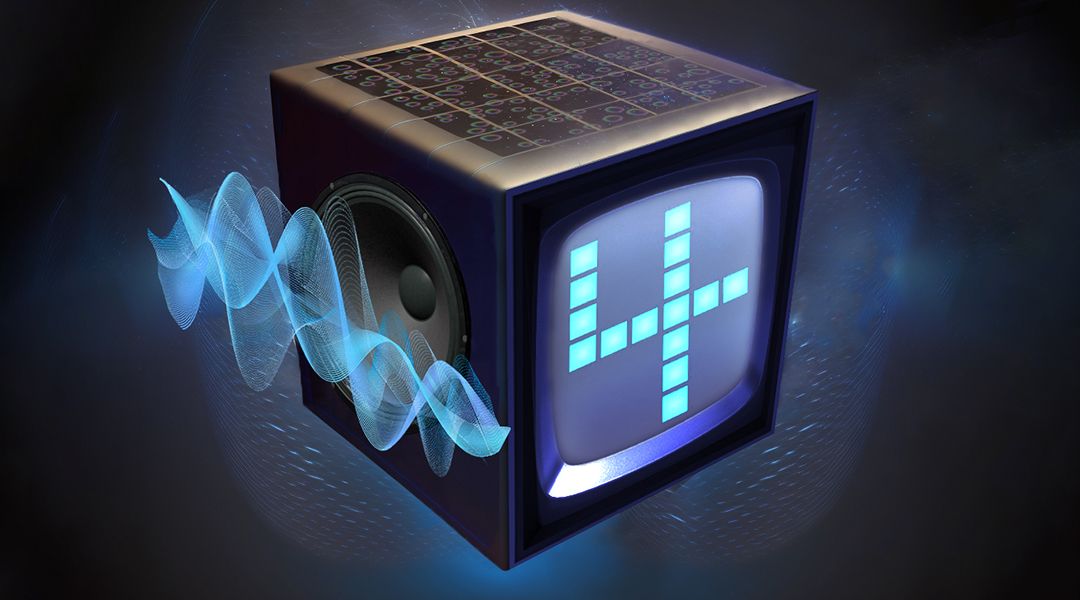
A thin film composed of small magnetic whirls called skyrmions performs voice pattern recognition with an accuracy approaching 99%.
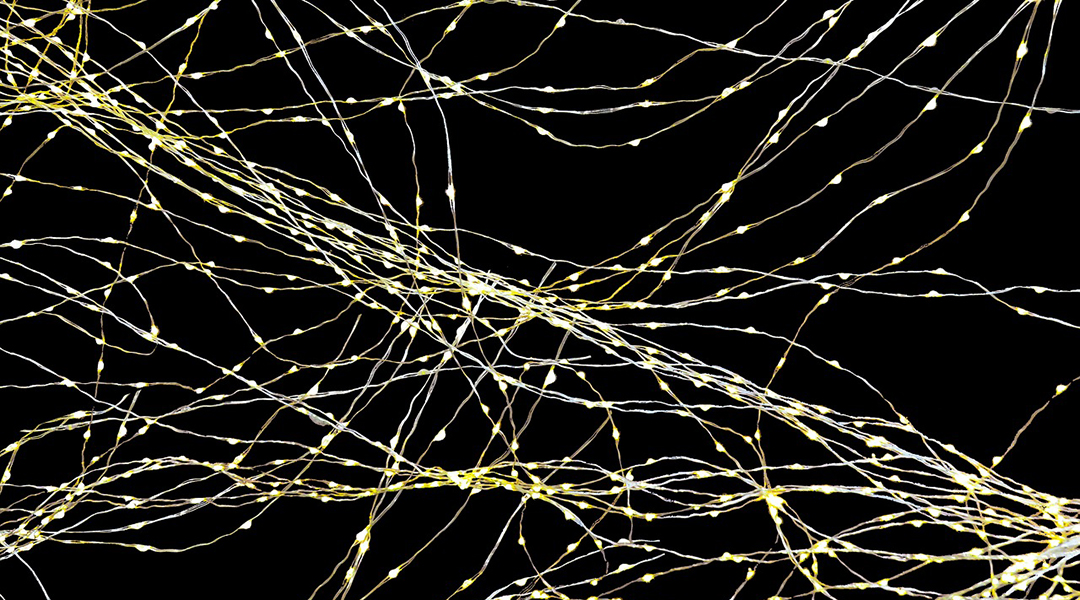
An implantable hybrid device combines the benefits of two therapeutic approaches to help repair nerve damage.